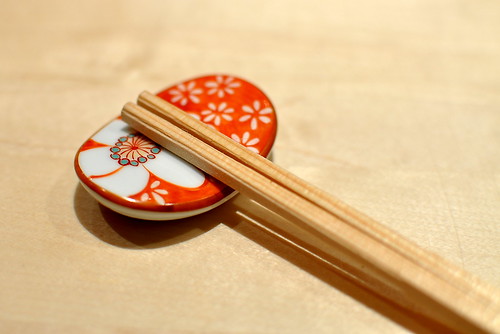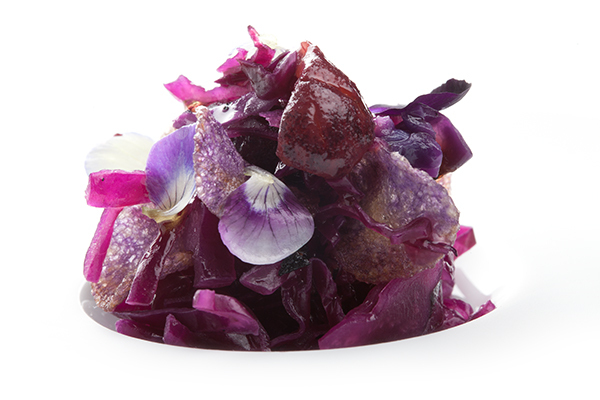 Autour de Christophe Michalak, chefs de renom et amateurs vont mettre les petits plats dans les grands…
Autour de Christophe Michalak, chefs de renom et amateurs vont mettre les petits plats dans les grands…
Nouveau rendez-vous pour France 2 avec cette quotidienne culinaire orchestrée par le chef Christophe Michalak, accompagné chaque semaine d’un collègue étoilé. L’objectif: transformer deux amateurs en commis de haut vol, capables de réaliser en moins d’une heure un plat que l’on pourrait servir dans un restaurant. Rencontre avec Nathalie Darrigrand, directrice de l’unité de programmes magazines de société de France 2.
Quel est le concept de l’émission et comment s’articule-t-elle ?
Deux amateurs de cuisine, deux chefs étoilés et une même recette à réaliser. Les amateurs deviennent commis sous les conseils bienveillants du chef qui devient coach et qui ne peut toucher à rien. Chaque émission dure trente-cinq minutes et se déroule avec l’accueil des commis, la recette du jour, deux plans de cuisine côte à côte et deux équipes qui se forment au hasard. Puis la recette commence avec un temps donné pour la réaliser, ce qui crée une certaine tension.
Pourquoi Christophe Michalak ?
Christophe Michalak est la « substantifique moelle » du programme. C’est lui qui a proposé le concept et il est coproducteur avec Nagui.
Qui est le premier chef à se confronter à Christophe Michalak ?
Christophe Aribert, salué par deux étoiles Michelin et quatre toques au Gault-Millau. Il a travaillé à la Tour d’Argent et, depuis 2010, il signe la carte du restaurant de l’Opéra-Garnier, à Paris.
Qui sont les commis ?
Des amateurs présents sur les blogs de cuisine, et une fois que l’émission sera diffusée ils seront sélectionnés sur le site de France 2.
Pour quelles raisons ce programme peut-il séduire le public ?
Dans la peau d’un chef est un programme destiné à vous, à moi, et à toute personne ayant un attrait pour la cuisine. Le fait que les commis soient des amateurs et non des gens souhaitant devenir des chefs ou des professionnels de la cuisine est un atout. Ils sont là simplement pour le plaisir de cuisiner. Face à eux, les chefs étoilés sont là pour transmettre leur passion, leur savoir, leurs gestes. Malgré une tension naturelle qui se met en place, cet aspect pédagogique crée une ambiance décontractée.¦
France 2, 17.25
source: http://www.lavenir.net/article/detail.aspx?articleid=dmf20130902_00354430

 Brussels has more starred restaurants than cities like Berlin, Rome or Milan. – AFP
Brussels has more starred restaurants than cities like Berlin, Rome or Milan. – AFP
 Autour de Christophe Michalak, chefs de renom et amateurs vont mettre les petits plats dans les grands…
Autour de Christophe Michalak, chefs de renom et amateurs vont mettre les petits plats dans les grands…


